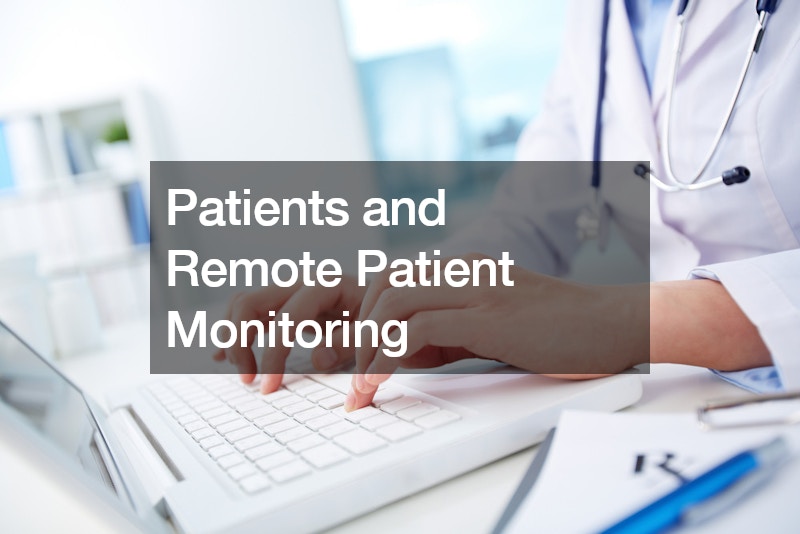

In the realm of remote patient monitoring (RPM), medical device tracking plays a pivotal role in enhancing patient care and treatment outcomes. RPM involves the use of medical devices to collect patient data outside traditional healthcare settings, allowing healthcare providers to remotely monitor patients’ vital signs, symptoms, and medication adherence.
This medical device ensures the seamless management and oversight of devices used in RPM programs. By implementing robust tracking systems and protocols, healthcare providers can monitor the location, usage, and performance of medical devices, ensuring timely maintenance, calibration, and replacement as needed.
For patients, remote monitoring offers numerous benefits, including improved access to care, early detection of health issues, and enhanced convenience. Patients can use wearable devices, home monitoring equipment, or mobile health apps to transmit vital health data to their healthcare providers, facilitating real-time monitoring and intervention when necessary.
Additionally, medical device tracking helps healthcare providers streamline inventory management, optimize resource allocation, and ensure compliance with regulatory requirements. By tracking the lifecycle of medical devices used in RPM, healthcare organizations can improve efficiency, reduce costs, and enhance patient safety and satisfaction.
In summary, tracking plays a critical role in the success of remote patient monitoring programs, facilitating efficient and effective patient care while ensuring compliance with regulatory standards and quality assurance measures.

